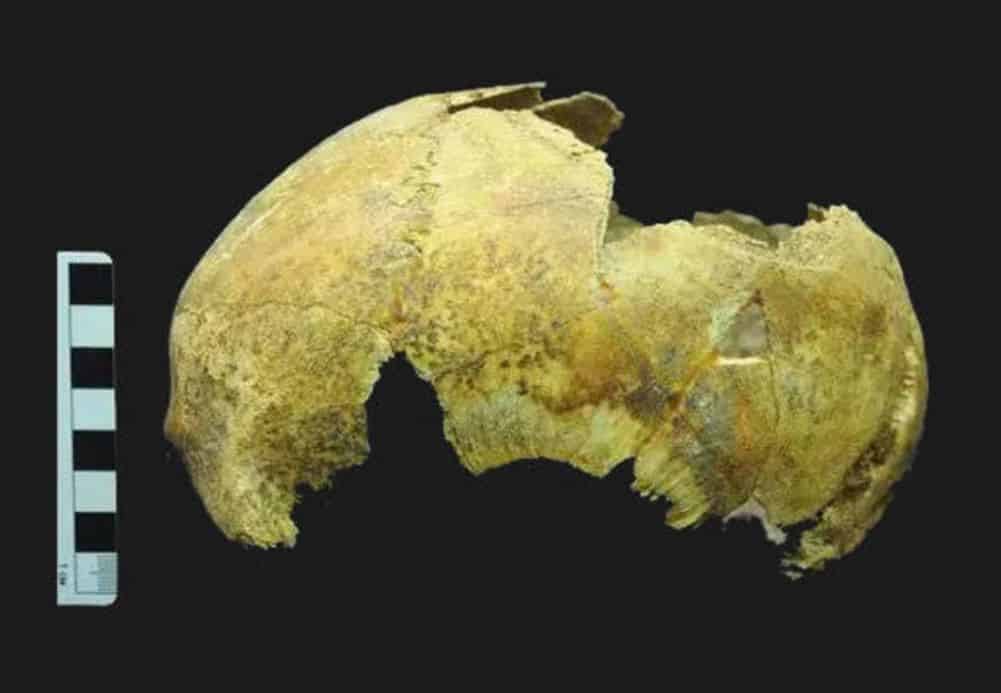This operation was carried out for medical reasons, as a ritual or to “change the nature of a person”
Russian archaeologists have found the skull of a 5,000-year-old man who underwent an ancient form of brain surgery, probably dying for that reason.
The scientists compared the unearthed skull images with 3D images to deduce that the man had undergone trepanation, a very popular ancient surgical technique, in which a hole was made in the skull.
“The ancient ‘doctor’ had a ‘surgical set’ of stone tools,” explain researchers from the Institute of Archeology of the Russian Academy of Sciences. “Judging by the position of the bones, the body of the deceased was carefully placed on its back, slightly turned on its left side”.
A 20-year-old man who passed away
The size of the trepanation was 140 x 125 millimeters and it was a man in his 20s who suffered it. The researchers also explained that there were large fragments of red pigment found near the head and in the vault of the skull.
“Even though the survival rate after trepanation was very high even in ancient times, it apparently died shortly after surgery.”
“This young man was unlucky,“ explains Maria Dobrovolskaya, head of the Laboratory of Contextual Anthropology at the Russian institute in statements collected by the LAD Bible. “Although the survival rate after trepanation was very high even in ancient times, apparently he died shortly after surgery.”
“This is evidenced by the absence of obvious signs of healing,” she continues. “Traces of a trepanning instrument are clearly visible on the surface of the bone. Paradoxically, this is a rarity, as most people in ancient times survived even after several trepanations.”
Medical reasons … or not
There were several reasons why prehistoric surgeons performed trepanation, and not all of them were medical. In some cases, it may have been for ritual reasons or to “change a person’s nature.”
Other medical reasons for treatment included trying to relieve headaches, heal a bruise, repair head injuries, or try to overcome epilepsy.
Fortunately, these treatments were not carried out without anesthesia.
Russian researchers suggest that doctors at the time used natural remedies, such as cannabis or various fungi, as ways to reduce the pain of operations.
